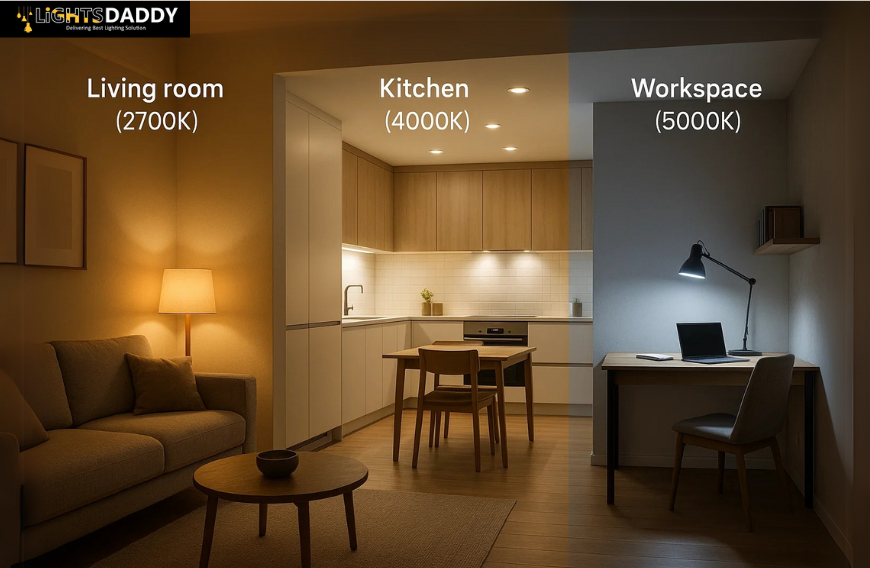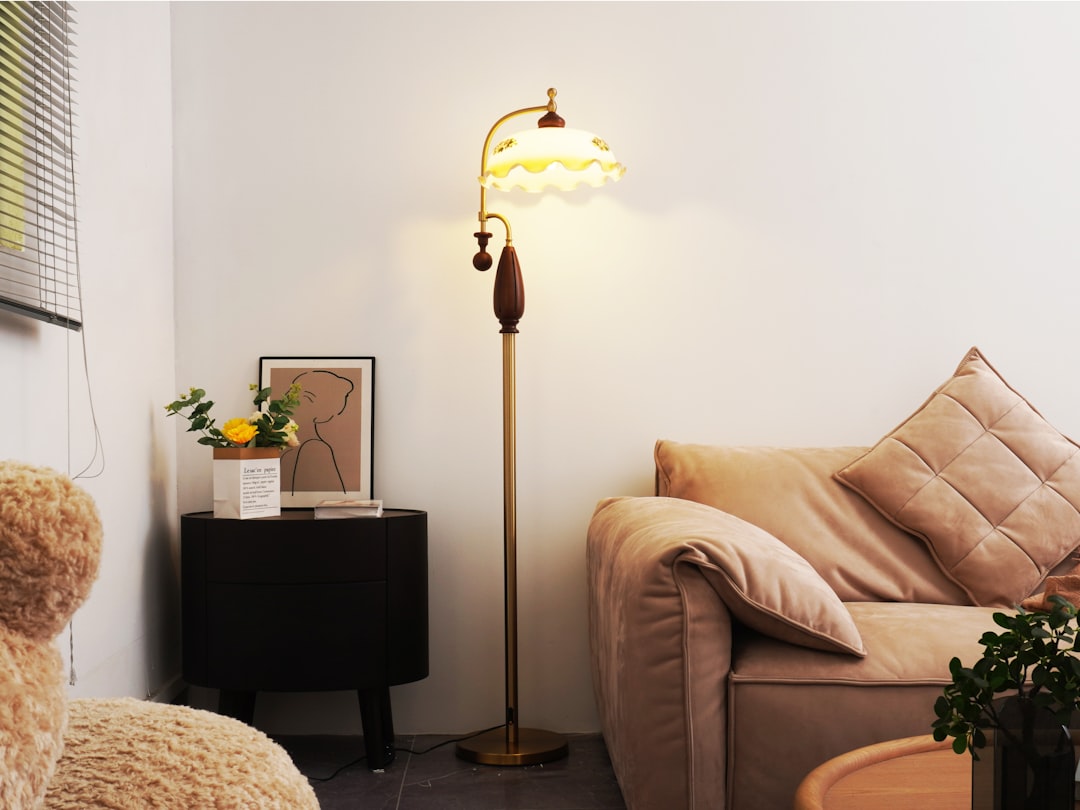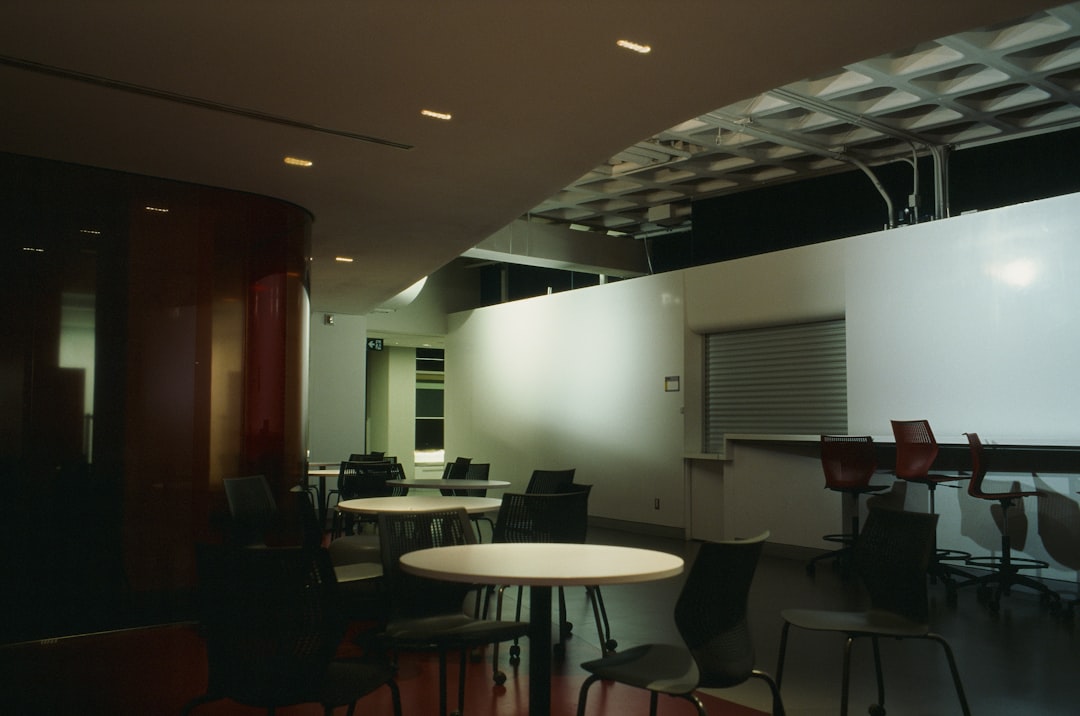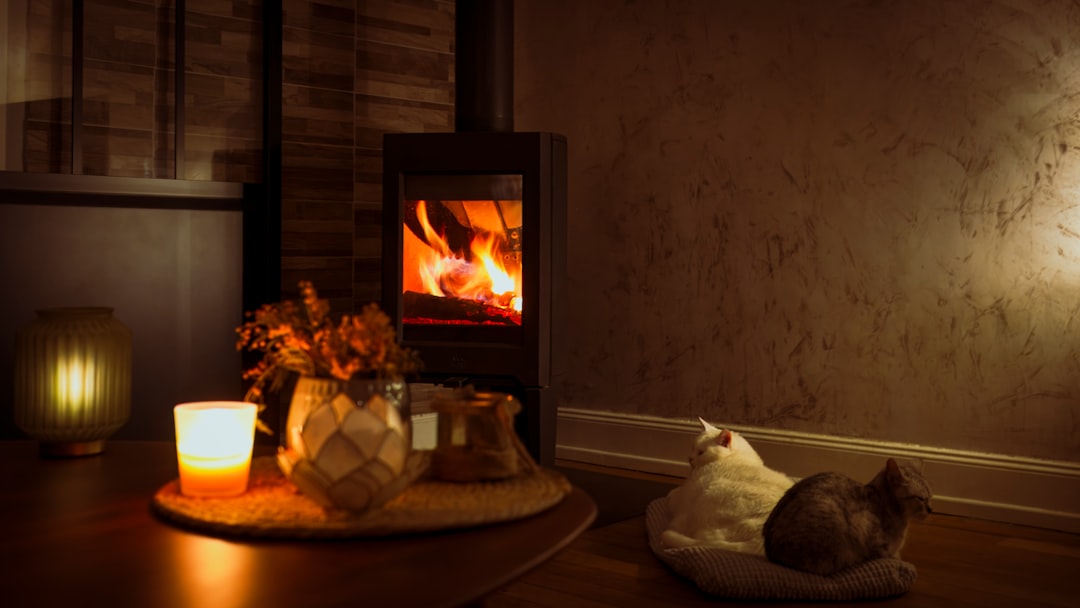Picking the right LED light isn’t just about finding a fixture that fits your style or budget. The color and quality of the light, the mood it sets and how it changes your space are just as important. In this guide, we’ll take a close look at LED color temperature, diving into Kelvin (K) and Correlated Color Temperature (CCT). We’ll talk about what these terms mean and help you figure out how to choose the best LED lights for every room and task. Whether you want to make your living room cozy, your kitchen bright and efficient, or your home workspace focused and productive, this article gives you clear, easy-to-follow tips to light up your life just right.
What Is Color Temperature? Understanding Kelvin and CCT
When we talk about color temperature, we’re really talking about the color of the light coming from a bulb or fixture. This is measured in Kelvin (K). Despite the name, it’s not about how hot the light is it’s about the color it shows. The scale runs from warm, yellowish glows to cool, bluish daylight. Whether you're considering indoor lighting for a relaxing atmosphere or choosing vibrant ceiling lights for functional spaces, understanding Kelvin helps you make informed choices.
-
Kelvin Scale: This idea comes from physics, where a glowing “black body” changes color as it heats up. At lower Kelvin numbers (around 2200K), the light looks warm and soft, like candlelight or a sunset. At higher numbers (5000K and above), the light becomes bright and blueish, similar to natural daylight on a clear morning.
-
Correlated Color Temperature (CCT): This is a fancy way of describing color temperature that helps standardize it across different types of lighting. You’ll see this term used a lot in lighting specs, it just means how close the light’s color is to that ideal black body glow.
Why Does Color Temperature Matter?
Color temperature shapes how you feel and function in a space:
-
Mood and Ambiance: Warm light feels cozy and inviting, perfect for relaxing. Cooler light wakes you up, helping you focus and stay alert.
-
Functionality: Good task lighting helps you see clearly and shows colors accurately. This matters a lot in kitchens, offices, or anywhere you need precision.
-
Aesthetics: The right light can highlight your decor, complement colors, and make a room feel just right—whether you’re designing an indoor reading nook or choosing landscape lights to enhance your outdoor walkways.
Kelvin Color Temperature Ranges Explained
Here’s a simple rundown of common Kelvin ranges and when to use them:
|
Kelvin Range |
What the Light Looks Like |
Common Places to Use It |
|
2200K–2700K |
Very warm, amber or reddish |
Soft ambient lighting, cozy spots like bedrooms or restaurants |
|
2700K–3000K |
Warm white |
Living rooms, dining areas, spaces meant for relaxing |
|
3000K–3500K |
Soft white |
Most home spaces, general use |
|
4000K–4500K |
Neutral white |
Offices, kitchens, bright commercial spaces |
|
5000K+ |
Cool white/daylight |
Hospitals, garages, warehouses, places needing very clear visibility |
Real-life examples:
-
Your living room will feel welcoming with warm light between 2700K and 3000K.
-
A kitchen benefits from brighter, neutral white lighting (around 3500K–4000K) so you can see what you’re chopping and cooking.
-
For a workspace or garage, cool white light (4000K–5000K) boosts focus and cuts down on eye strain - great paired with outdoor lighting for high-visibility areas like workshops or entryways.
Room-by-Room LED Color Temperature Tips
Matching the right light to each room helps your space feel comfortable and functional.
1. Living Room
-
Best Kelvin: 2700K–3000K
-
Why: Warm light makes this space feel cozy and welcoming, perfect for relaxing or chatting with friends.
-
Pro tip: Adding a dimmer is an easy way to tune the light to match your mood.
2. Kitchen
-
Best Kelvin: 2700K–4000K
-
Why: You want bright, clear light for cooking and cleaning, but without harsh glare. Cooler lights help you see details without strain.
-
Pro tip: Try layering your lighting. Under-cabinet LEDs do a great job brightening up your counters.
3. Bathroom
-
Best Kelvin: 3000K–4000K
-
Why: Clear, shadow-free light is key for grooming and makeup. You want light that mimics daylight so colors look true.
-
Pro tip: Look for fixtures with a high CRI (color rendering index) of 80 or more for the best color accuracy.
4. Bedroom
-
Best Kelvin: 2700K–3000K
-
Why: Soft, warm light helps your body wind down and prepares you for restful sleep.
-
Pro tip: Avoid high Kelvin lights rich in blue hues before bedtime. They can mess with your sleep cycle.
5. Workspace or Garage
-
Best Kelvin: 3000K–5000K
-
Why: Bright, cool lighting keeps you sharp and reduces eye fatigue when you’re busy on a project.
-
Pro tip: Use a mix of ambient and task lighting to keep shadows at bay and help you focus, especially useful when using flashlights for detailed or mobile work.
Beyond Kelvin: What Is CRI and Why It Matters
Kelvin tells you about the color of the light, but Color Rendering Index (CRI) tells you how accurately a light shows colors compared to natural sunlight.
-
CRI scores range from 0 to 100.
-
A high CRI (90 and above) means colors look vibrant and true-to-life.
-
Incandescent bulbs typically have CRI near 95+, while LEDs can vary. Good quality LEDs often aim for 80+ for everyday use, and 90+ when you need precise color (think art studios or makeup mirrors).
What’s R9?
-
R9 is a special part of CRI that measures how well red colors show up.
-
It’s especially important for skin tones and warm shades, key if you want natural-looking reflections.
-
When accuracy matters, look for LEDs with R9 values above 50.
Dimming and Warm-Dim Technology: Taking Lighting Control to the Next Level
-
Standard dimmers let you adjust brightness so you can save energy and create the right mood.
-
Warm-dim LEDs take this further: as you dim the light, the color gets warmer (sometimes as low as 1600K), just like a natural sunset. This makes your space feel even cozier.
Imagine a gentle amber glow while dining that brightens up to crisp white light for tidying afterward. Warm-dim LEDs make this easy and beautiful, ideal for entertaining or accenting your space with novelty lighting for a touch of flair.
Practical Buying Tips: Try Before You Commit
Lighting can look very different depending on your room’s colors, furniture, and how much natural light you get. To make sure you’re happy:
-
Order a sample bulb or fixture and try it in the room.
-
Check it at different times of day and with other lights on or off.
-
Notice if the light causes glare or unwanted shadows, and how colors appear especially skin tones.
Summary: How to Pick the Perfect LED Color Temperature
Here’s a simple plan:
-
Think about what you’ll use the room for—relaxing, working, grooming, or general use.
-
Pick a Kelvin range that matches the mood and task: warm light (2200K–3000K) for cozy spots; neutral or cool light (3500K–5000K) for work areas.
-
Don’t forget CRI if you care about how colors look, aim for 80+ or higher.
-
Consider if you want dimming and check out warm-dim LEDs for extra flexibility.
-
Test your choice before buying in bulk so you know exactly how the light feels in your space.
Final Thoughts: Light Your Home to Feel Great and Work Smart
Learning about LED color temperature helps you see your space in a whole new way, one that blends science with how you actually feel and function. The right lighting doesn’t just save energy and money; it makes your home more comfortable, your work more focused, and your downtime more relaxing. Armed with this knowledge, you’ll shop smarter and create a space that truly shines for your lifestyle.
Ready to brighten things up?
Start simple. Try a warm 2700K LED bulb in your living room and watch how the right light gently changes the atmosphere around you. You might be surprised how much difference it makes!








